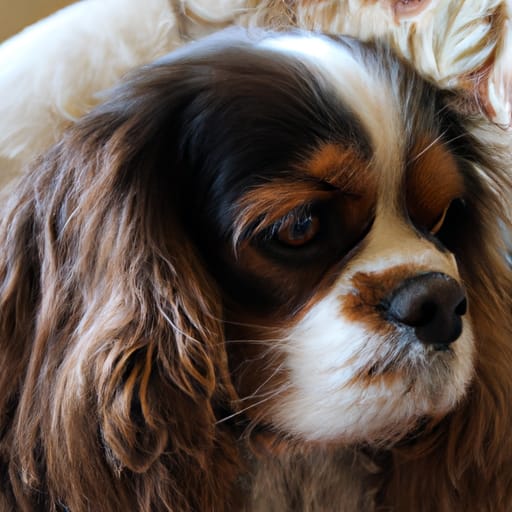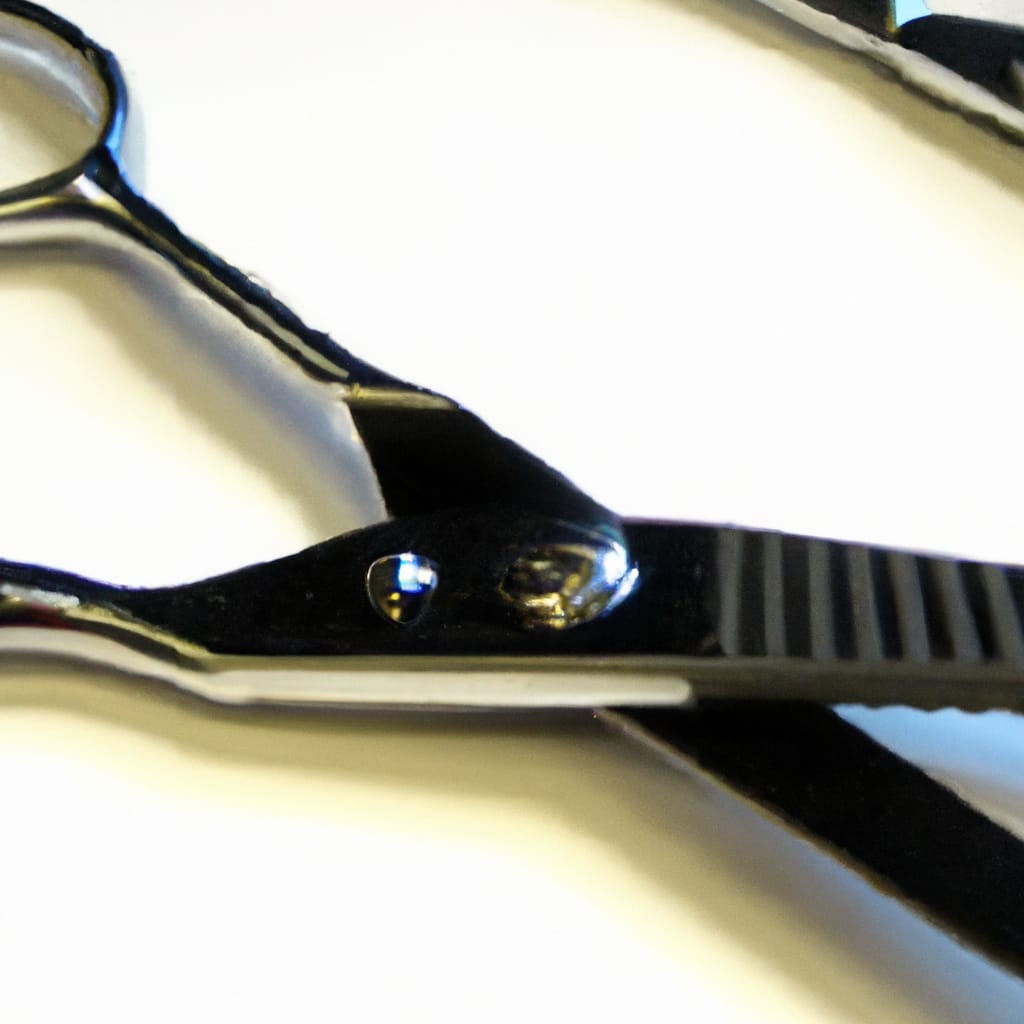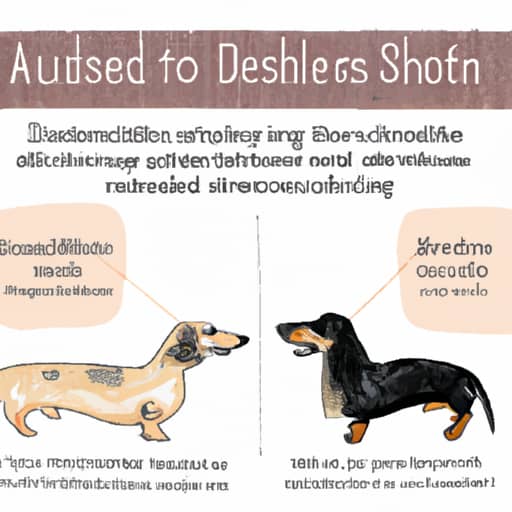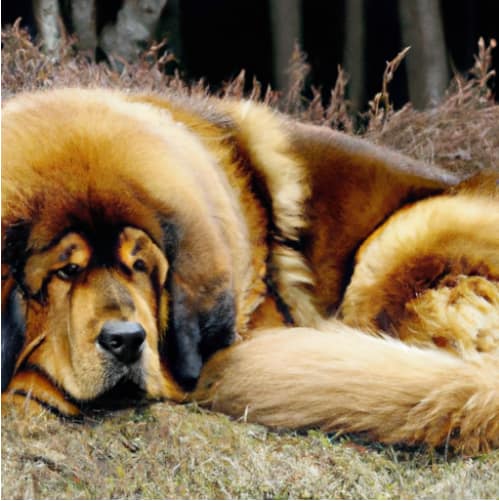King Charles Spaniel Shedding: Why Do King Charles Spaniels Shed?
Do King Charles Spaniels Shed? If you’re a proud owner of a King Charles Spaniel, you might be well familiar with the struggle of dealing with their shedding. But why do these adorable little dogs shed so much? In this article, we’ll explore the reasons behind King Charles Spaniel shedding and provide some helpful tips on how to manage it. So put your worries aside and get ready to learn all about your furry friend’s shedding habits!
Causes of Shedding
Shedding is a natural process that dogs go through to get rid of old or damaged hair and make way for new growth. While shedding is a common occurrence in all dogs, the amount and frequency of shedding can vary depending on numerous factors. Let’s dive into some of the reasons why shedding happens and what you can do to manage it.
Genetics
Genetics play a significant role in determining how much a dog will shed. Some breeds have been selectively bred for minimal shedding, while others have a thicker double coat that sheds more heavily. In the case of King Charles Spaniels, they have a medium-length, silky coat that requires regular grooming to minimize shedding. Understanding your dog’s breed and its shedding tendencies can help you prepare and manage shedding effectively.
Seasonal Changes
Seasonal changes can affect a dog’s shedding pattern. Dogs tend to grow a thicker coat during colder months to keep warm and shed this extra fur when warmer weather arrives. This shedding process ensures that dogs are comfortable in different temperatures. For King Charles Spaniels, you may notice a slightly heavier shedding during the transition from winter to spring as they shed their winter coat and grow a lighter summer coat.
Changes in Hormones
Hormones also have a significant impact on a dog’s shedding pattern. Dogs experience hormonal changes throughout their lives, starting from puberty. During puberty, the body undergoes hormonal fluctuations that can lead to increased shedding. Additionally, female dogs may shed more during pregnancy and lactation due to changes in hormone levels. Hormonal imbalances can also contribute to excessive shedding in dogs of any age.
Poor Diet and Nutrition
A healthy diet plays a crucial role in the overall health of your dog’s skin and coat. A lack of essential nutrients, such as fatty acids, vitamins, and minerals, can result in dry, brittle hair that is more prone to shedding. Feeding your King Charles Spaniel a well-balanced diet that includes high-quality protein, omega-3 fatty acids, and other essential nutrients can help maintain a healthy coat and minimize shedding.

Allergies and Skin Conditions
Allergies and skin conditions can trigger excessive shedding in dogs. King Charles Spaniels, like other breeds, can suffer from various allergies, including atopic dermatitis, flea allergy dermatitis, food allergies, and contact allergies. These conditions often cause itching and inflammation, leading to increased shedding. Treating and managing these allergies and skin conditions can help reduce shedding and improve your dog’s comfort.
Stress and Anxiety
Stress and anxiety can manifest in different ways in dogs, and shedding is one of them. Environmental changes, such as moving to a new home or the addition of a new family member, can trigger stress and anxiety in dogs, leading to excessive shedding. Separation anxiety, fear, and phobias can also contribute to shedding. Creating a calm and secure environment for your King Charles Spaniel and providing appropriate support and training can help alleviate stress-related shedding.
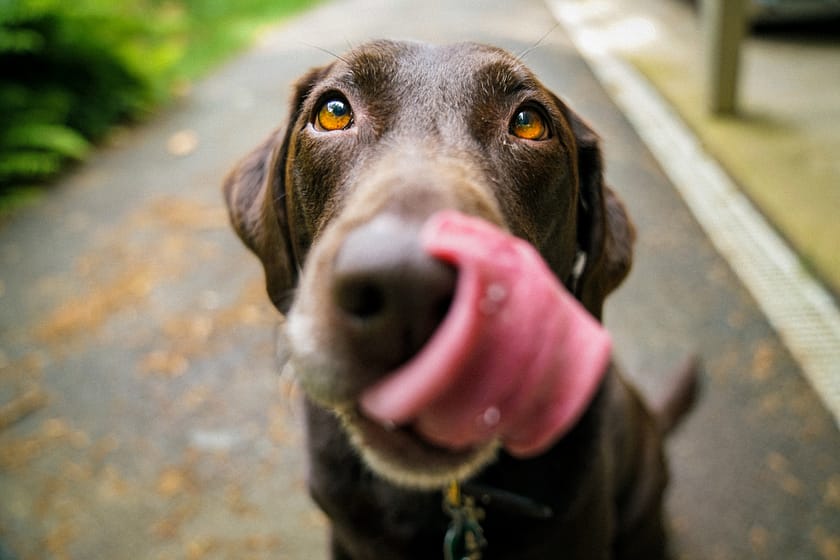
Lack of Grooming
Proper grooming is essential for maintaining a healthy coat and minimizing shedding. Regular brushing helps remove loose hair and prevents it from ending up on your furniture and floors. Bathing your King Charles Spaniel with a mild dog shampoo can keep the coat clean and healthy. Trimming excess hair in specific areas, such as around the paws and ears, can also reduce shedding. Establishing a grooming routine and ensuring your dog receives proper coat care can make a noticeable difference in shedding.
Medical Conditions
Certain medical conditions can lead to excessive shedding in dogs. Hypothyroidism, a condition characterized by an underactive thyroid gland, can cause hair loss and increased shedding. Hyperadrenocorticism, also known as Cushing’s disease, can contribute to excessive shedding due to hormonal imbalances. Allergies, including environmental and food allergies, can also affect a dog’s coat and cause shedding. Additionally, fungal or bacterial infections can lead to hair loss and increased shedding. Regular veterinary check-ups can help identify and address any underlying medical conditions that may be contributing to shedding.

Age
As dogs age, their coat may undergo changes that result in increased shedding. Older dogs may have weaker hair follicles and a diminished ability to grow new hair, leading to more shedding. Additionally, age-related medical conditions can also contribute to excessive shedding in senior dogs. Providing appropriate senior care, including a balanced diet, regular grooming, and veterinary check-ups, can help manage shedding in older dogs.
Crossbreeding
Crossbreeding can introduce shedding tendencies from the parent breeds. When two different breeds are bred together, the resulting offspring may inherit a mix of coat types and shedding patterns. It’s essential to research the parent breeds thoroughly to understand the shedding tendencies of a crossbred dog. While shedding can be unpredictable in crossbred dogs, proper grooming and coat care can help minimize shedding to some extent.
Understanding the various causes of shedding in King Charles Spaniels and implementing appropriate measures can help you manage shedding effectively. While shedding is a natural process, excessive shedding can sometimes indicate underlying health issues or improper care. If you notice abnormal or excessive shedding in your dog, consulting with a veterinarian can provide valuable insights and guidance to ensure your King Charles Spaniel’s coat remains healthy and beautiful.









